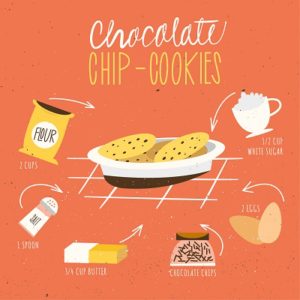 Artificial sweeteners, also called sugar substitutes, have their place in today’s society with many people having diabetes or trying to lose weight.
Artificial sweeteners, also called sugar substitutes, have their place in today’s society with many people having diabetes or trying to lose weight.
At zero calories per gram, they allow people to have a wider range of foods than they would otherwise be able to eat when on a sugar/calorie-restricted diet. Actually, there are a few artificial sweeteners that seem safe to eat:
Stevia
Made from the leaves of the stevia plant, it is recognized as the safest artificial alternative to real sugar. Japan has used Stevia as a sweetener for over 30 years, but because it is not FDA -approved in the U.S, you’ll find it listed as a dietary supplement and not a sweetener.
There are a couple of drawbacks to using Stevia though. Because it is 250 to 300 times sweeter than real sugar, many people tend to use too much of it until they get used to using the right amount. Besides coming in granular form, it also comes as a liquid; many people prefer the liquid better. And right now, Stevia doesn’t work well when used in baking as it doesn’t caramelize as does real sugar.
Sugar Alcohols
The second safe artificial sweetener are the ones made from fermenting corn or sugar cane. You will see them in the stores under the names xylitol, sorbitol and erythritol. While they have more calories than Stevia, they have far less than real sugar.
On the plus side, they tend to leave your mouth with a cool refreshing taste and have been found to reduce cavities, a common problem with real sugar.
On the negative side, some people report gastrointestinal distress if they ingest too much of it. Also be sure to keep xylitol away from your dog as even a tiny amount is toxic.
Splenda®
While somewhat controversial, this artificial sweetener is made by combining saccharin with maltodextin and chlorine, although the FDA has not found its use associated with any health problems. Unlike Stevia, Splenda® can be used in baking, however, when used as a one-for-one replacement for real sugar, it can leave a different taste after eating food made with it. It is best used as a half Splenda/half real sugar blend.
Two Artificial Sweeteners to Avoid
Aspartame is commonly found in many of the low-calorie diet sodas and in other low-calorie foods, however, some people report getting headaches after eating food made with it. Once broken down, one of its by-products is formaldehyde.
The second one is Saccharin, marketed as Sweet-N-Low®. It is 300 times sweeter than real sugar and is made from petroleum.
Stevia, the sugar alcohols and Splenda® are three safe alternatives for people trying to lessen their dependence on real sugar or trying to cut down on the number of carbs they eat.






